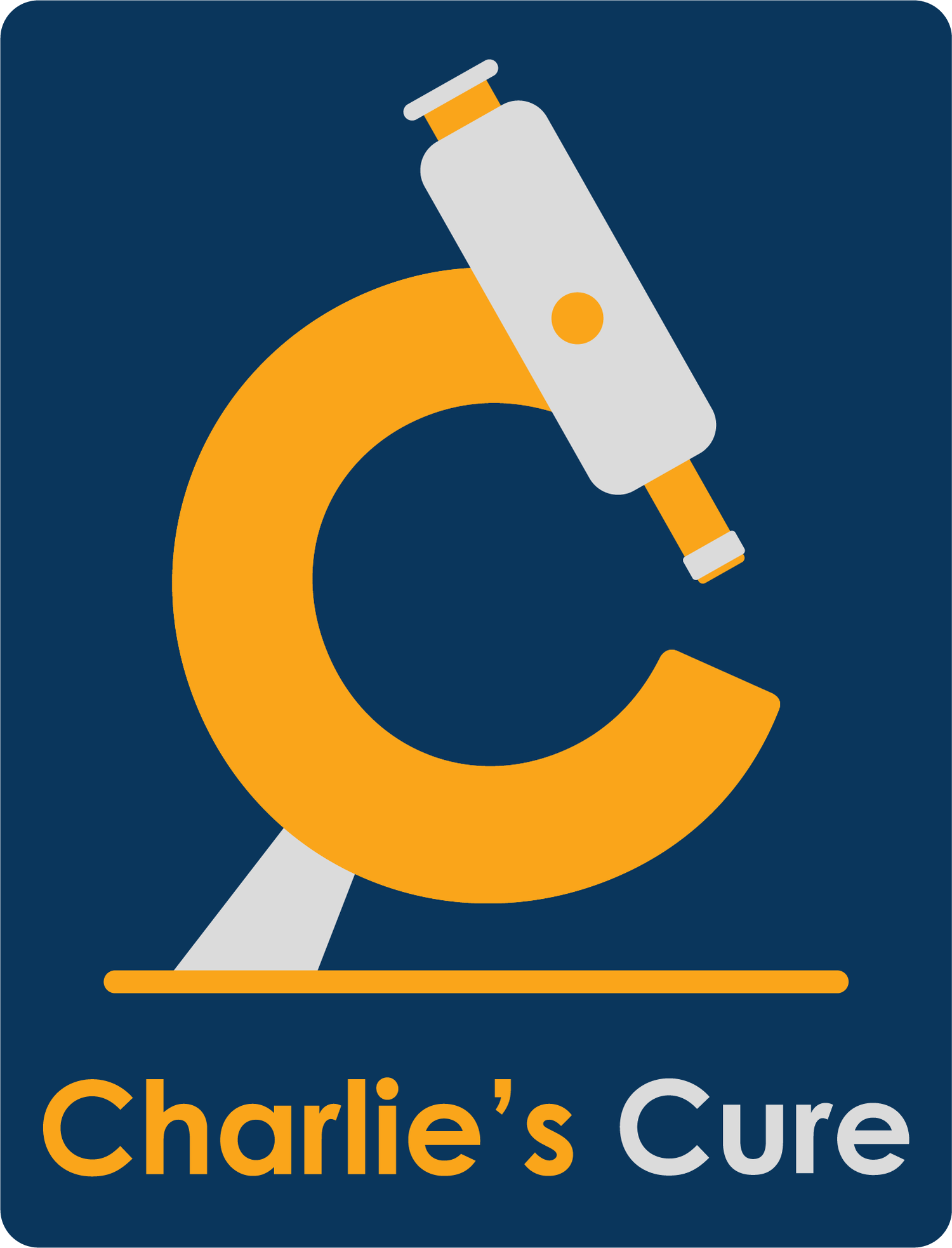Testimony to the Federal Advisory Committee on Heritable Disorders in Newborns and Children
On January 29, Jennifer Handt, Charlie’s mom, testified before a federal panel on the importance of adding Duchenne to the uniform newborn screening every baby receives. Following is her testimony.
My name is Jennifer Handt. My son Charlie, age six, was diagnosed with Duchenne muscular dystrophy in late 2020 and I then learned I am a carrier of his mutation.
Before diagnosis, we spent the first 1,000 days of his life wondering why he was developing so slowly. Why he wasn’t crawling, or walking, or pulling himself up.
We asked ourselves constantly: Was it something to worry about? Or nothing? Our pediatrician told us it was probably nothing. And of course, we desperately wanted to believe her.
So during those 1,000 days, we did things we now regret. We received physical therapy for Charlie through the CT early intervention program. Without a DMD diagnosis we followed a protocol that pushed our baby’s unprotected muscles too hard to catch up. Our baby, who couldn’t tell us how difficult—even painful—those exercises must have felt. It’s heartbreaking to think about that now.
During that time, our concerns kept us up at night. But we thought about the extensive newborn screening every baby goes through. Surely that would have told us if something was seriously wrong?
We had no idea that what was going on—one of the most common genetic disorders in boys—was somehow not on that newborn screening for life-threatening or life-limiting diseases.
Now, beyond the psychological burden of delayed diagnosis, why is this problematic?
This minute, medicine is evolving at a rapid clip for DMD. We are at a crucial pivot point with transformative treatments approved and in clinical trials.
Yet even before these medical advances, high-quality care alone has made a difference in DMD outcomes. Numerous studies have demonstrated that even in the absence of targeted treatments, coordinated, multidisciplinary care for DMD alone has resulted in a 10-year increase in life expectancy. The sooner patients can get diagnosed and begin this care, the better. And the sooner we routinely screen babies, the sooner we can truly track how impactful early treatment really is.
For us, once we finally got the diagnosis at age 3, we got “lucky.” We got in with a certified care center quickly and got Charlie on steroids. He turned 4 at just the right time to qualify for the phase 3 trial of the gene therapy now known as Elevidys. We are so grateful for the benefits of Elevidys that we have observed so far: notable improvements in stamina, in strength—even the loss of the hallmark Gower’s sign when Charlie gets up off the floor.
But I often wonder, what if that timing hadn’t worked out so well? It should not have taken three years to get this diagnosis.
What if, instead, he had turned 6 this past August without having had access to Elevidys, which was approved for 4 and 5 year-olds only? It’s hard to think about that.
As Elevidys and other treatments become broadly available, a delay in diagnosis is unnecessary and harmful. It simply does not reflect the current state of science and medicine. There is absolutely no reason in 2024 for parents to play a guessing game or hope for “lucky” timing with potential treatments or clinical trials. Parents should have the power of knowledge to make the best possible decisions for their children.
Duchenne is the most common pediatric muscular dystrophy. Modern medicine is on its heels and the standard newborn screen is a critical tool we need to beat it. I urge you to add DMD to the recommended screening to let science lead the way and put an end to the guessing game far too many families continue to play.

